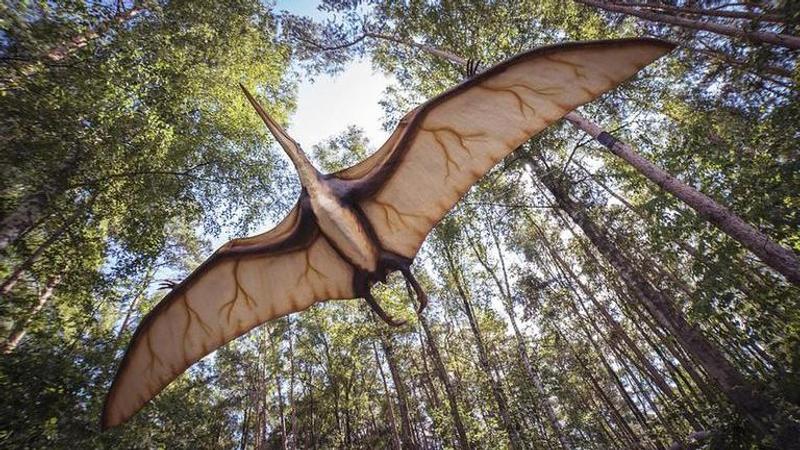Published 19:49 IST, September 26th 2020
Mass extinction due to global warming triggered the rise of dinosaurs and modern tetrapods
A recently published research has found that a massive explosion hit the earth millions of years ago, and triggered the rise of dinosaurs on Earth.

A recently published research has found that a massive explosion had hit the earth millions of years ago, triggering the rise of dinosaurs on planet earth. It was found that huge volcanic eruptions triggered another level of mass extinction of tetrapods and herbivores. The eruptions, known as ‘Carnian Pluvian Episode’ happened 233 million years ago and pumped carbon dioxide, methane, and water vapours which eventually heated the planet to unbearable levels.
The research which was published in the Science Magazine revealed that it was this mass extinction event that killed many tetrapods and heralded the dawn of dinosaurs on the planet. The CPE killed as many species as the giant asteroid did many years ago.
Gave foothold to modern Tetrapods
According to the study, ecosystems were destroyed and oceans and the planet got warmer and drier. Annihilation of plants and herbivores, and declining numbers of plant-eating tetrapods triggered the age of dinosaurs, which stretched for 165 million years. In addition, to dinosaurs, the event also gives a foothold of modern tetrapod groups, such as turtles, lizards, crocodiles and mammals date back to this newly discovered time of revolution.
Meanwhile, a separate study found that the Lystrosaurus species that roamed with dinosaurs went into hibernation and survived Earth’s largest mass extinction that wiped out 70 per cent of species on Earth. According to a study published in the journal Nature, scientists at the University of Washington found that Lystrosaurus somehow survived for another 5 million years into subsequent Triassic Period on the continent, Pangea, present day Antarctica. The four-legged foragers helped scientists understand the phenomenon and history of hibernation of species in polar regions that get through tough conditions like food scarcity, temperatures fall, and dark environment and still survive.
Representative Image, credits: Pixabey
Updated 19:49 IST, September 26th 2020



